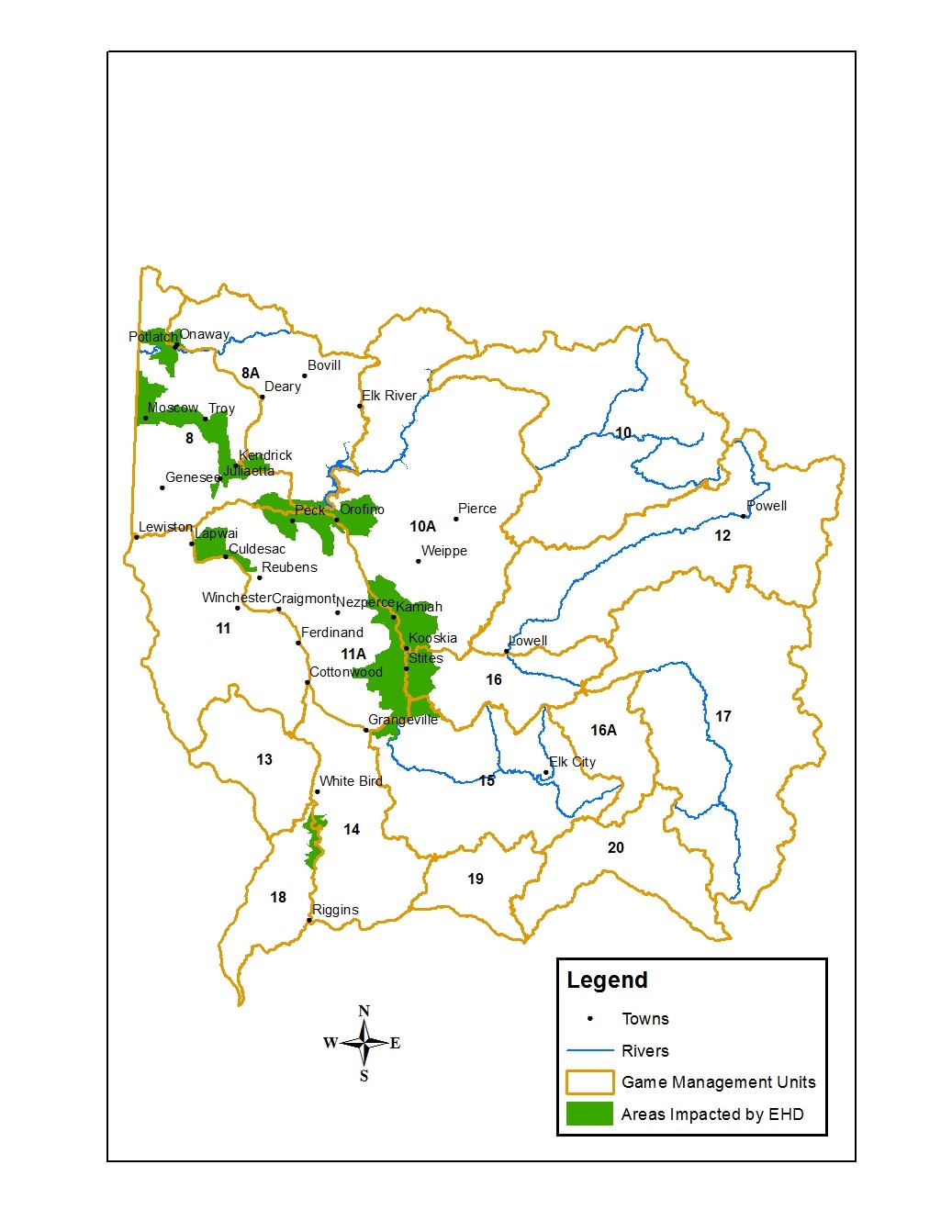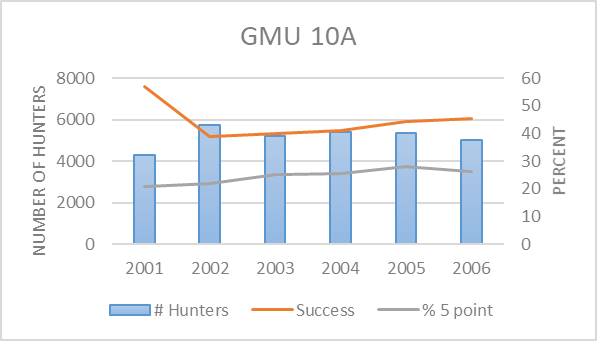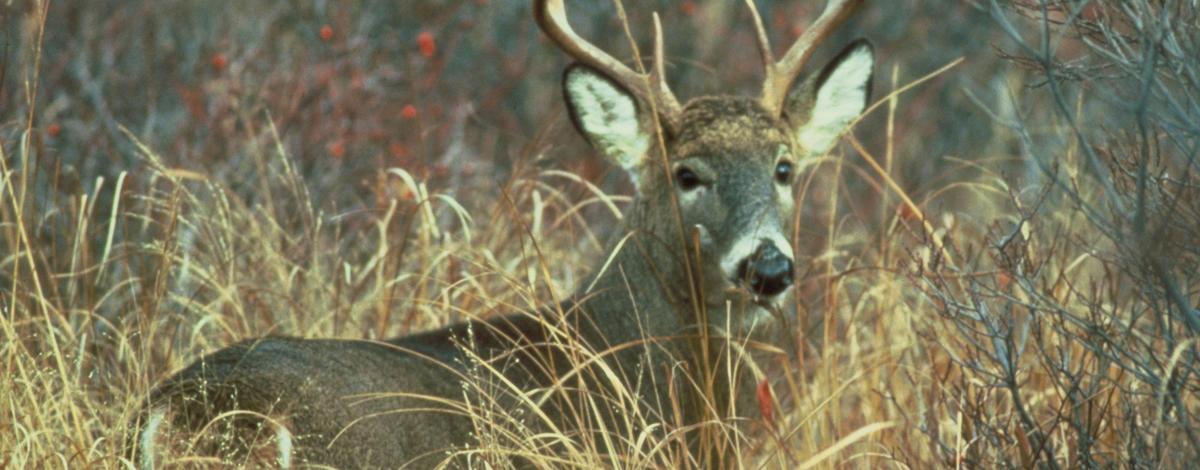Written by: Becca Lyon, Regional Wildlife Biologist
Although Fish and Game shares the concerns of many hunters regarding the recent outbreak of Epizootic Hemorrhagic Disease (EHD) in parts of the region, the majority of the land area in the Clearwater Region has not been affected by EHD.
EHD resides in a small portion of the deer population. It is spread from deer to deer by Culicoides gnats. Deer numbers in unaffected areas of the region remain healthy. Hunters are encouraged to explore new areas if their favorite hunting grounds have been affected by EHD. The areas affect the most include lower elevations along the Clearwater River drainage with high deer densities from Harpster downstream to Kamiah, with patchy outbreaks occurring in Lenore, Peck, Orofino, Lucille and Grangeville. Deer have also been affected to a lesser extent in the Moscow and Potlatch areas and we are aware of small outlying mortalities that are not mapped.

Fish and Game will continue to monitor the status of the outbreak, but recent hard frosts has helped stop the spread for this year.
Hunters are advised to take extra time to scout if their hunting area is near or within one of the outbreak areas. Although EHD does not pose a threat to humans, the department also advises hunters to always pass on shots at animals that appear to be sick or disoriented. Deer currently infected with EHD will have bleeding throughout the internal organs mostly affecting the heart, liver and lungs. Lesions or ulcers may occur on the lips, tongue, and cheeks. Idaho Fish and Game does not recommend eating deer that are actively sick, however some deer do recover from this disease. Deer that have recovered from EHD may have a very dark, grainy liver. These recovered deer are safe to eat.
In 2003, a substantial die-off of white-tailed deer occurred in the Clearwater region due to EHD. However the die-off did not have significant impact on hunter success or number of 5-points harvested that year or the years that followed. We did see a reduction of hunter numbers.

At this time, Idaho Fish and Game does not intend to change any deer hunting seasons within the Clearwater at this time. Impacts of the die off will be monitored and taken into consideration when season setting occurs. If a game unit has experienced higher than normal total mortality in the deer population, Idaho Fish and Game can make adjustments the next year as needed. It is important to remember that white-tailed deer are very resilient and bounce back relatively quickly. However, there can be short-term impacts to overall deer abundance and buck numbers and quality with mortality events such as we are currently experiencing.
For more information on EHD, please check out website and recent blogs here. You can report dead deer you may encounter at the Wildlife Health Lab webpage. Information will help Idaho Fish and Game determine the overall impact and management into the future.

